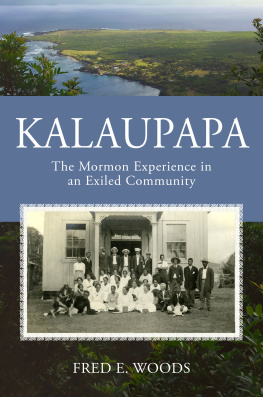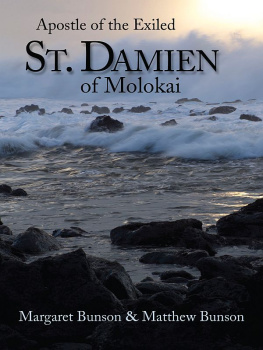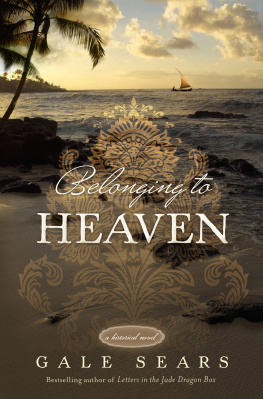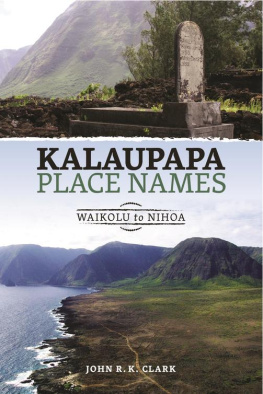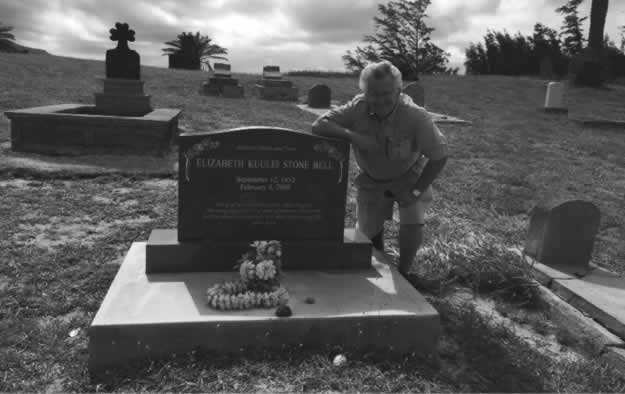Published by the Religious Studies Center, Brigham Young University, Provo, Utah,
in cooperation with Deseret Book Company, Salt Lake City.
Visit us at rsc.byu.edu.
2017 by Brigham Young University. All rights reserved.
Printed in the United States of America by Sheridan Books, Inc.
Deseret Book is a registered trademark of Deseret Book Company.
Visit us at DeseretBook.com.
Any uses of this material beyond those allowed by the exemptions in US copyright law, such as section 107, Fair Use, and section 108, Library Copying, require the written permission of the publisher, Religious Studies Center, 185 HGB, Brigham Young University, Provo, Utah 84602. The views expressed herein are the responsibility of the authors and do not necessarily represent the position of Brigham Young University or the Religious Studies Center.
ISBN: 978-1-9443-9413-4
Retail US: $24.99
Cover design and interior layout by Madison Swapp.
Library of Congress Cataloging-in-Publication Data
Names: Woods, Fred E., author.
Title: Kalaupapa : The Mormon Experience in an Exiled Community / Fred E. Woods.
Description: Provo, Utah : Published by the Religious Studies Center, Brigham Young University, in cooperation with Deseret Book Company, Salt Lake City, [2017] | Includes bibliographical references and index.
Identifiers: LCCN 2016042516 | ISBN 9781944394134 (alk. paper)
Subjects: LCSH: Kalaupapa (Hawaii)--History. | Leprosy--Patients--Hawaii--Molokai--History. | Mormon missionaries--Hawaii--Molokai--History. | Missions to leprosy patients--Hawaii--Molokai--History. | Kalaupapa (Hawaii)--Religious life and customs.
Classification: LCC RC154.5.H32 K3485 2017 | DDC 362.196/99800996924--dc23 LC record available at https://lccn.loc.gov/2016042516
dedication
This book is dedicated to Elizabeth Kuulei Bell, who introduced
my wife and me to the Molokai settlement in 2003 and spent
many hours sharing the Mormon experience at Kalaupapa.
the kalaupapa bell
written by fred e. woods on february 10, 2009, as a tribute to kuulei bell two days after her passing.
Ring loud, ring strong, our friend who stood so bold;
We hear you, we follow, and your story will be told.
We have listened to your stories of your family and your friends;
We have walked and pushed your wheelchair when your knees were on the mend.
Ring loud, ring strong, our friend who spoke so true;
We hear you speaking of lifes truths which we know that must get through.
We know your voice spoke for the ohana on Kalaupapas sacred shore,
And we know you were respected for the burden that you bore.
Ring loud, ring strong; we love to hear your chime
When you talked story, holding Ming Toy, and we sometimes had to cry.
We know your life had pain, but you turned to God in prayer;
We know that you surrendered when sometimes youd like to swear.
Ring loud, ring still; we love you, Kuulei;
God has a special mansion Hes preparing while you lay.
Ring loud, ring more; we will remember you so well;
You are full of much aloha , our Kalaupapa Bell.
Author in Kalaupapa LDS cemetery next to Kuulei Bell grave marker.
(Courtesy of Richard Miller, NPS employee at Kalaupapa.)
acknowledgments
It has been said that the sin of ingratitude is a crime more despicable than revenge. There are many to thank who have assisted with this book. This work is based on hundreds of primary sources and scores of oral history interviews I have been gathering for over a decade, and it has been made possible through the assistance of numerous individuals and several institutions. I first and foremost wish to express gratitude to the College of Religious Education at Brigham Young University for its financial support and resources rendered via transcriptions made from oral history interviews transcribed by the reliable staff of the BYU Faculty Support Center for Religious Education.
I wish to express deep gratitude for the competent teams employed at the L. Tom Perry Special Collections in the Harold B. Lee Library at Brigham Young University in Provo, Utah; the Church History Library of The Church of Jesus Christ of Latter-day Saints in Salt Lake City; the Hawaii State Archives in Honolulu; the Damien Center in Leuven, Belgium; the Archive of the Archbishop of Mechelen in Brussels, Belgium; the Archive at St. Anthony Convent and Motherhouse, Sisters of St. Francis in Syracuse, New York; the Archives of the Congregation of the Sacred Hearts in Honolulu; the Archives of the Congregation of the Sacred Hearts in Leuven, Belgium; the University Archives and Records Center at the University of Pennsylvania in Philadelphia; the Hawaiian Mission Childrens Society Library in Honolulu; the Bishop Museum Archives in Honolulu; the Joseph F. Smith Library Archives and Special
Collections at Brigham Young UniversityHawaii in Lie; and the Kalaupapa National Park. These institutions have all been very helpful.
I wish to thank Brenda Jeppson, who helped transcribe a number of Kalaupapa records housed at the Joseph F. Smith Library at BYUHawaii, as well as a number of BYU students who have provided aid for this project as they labored with me as research assistants: Tanya Gale, Heidi Hanson, McKay Court, and others. I am also grateful for the editorial assistance of the following: Don E. Norton, emeritus BYU English professor; Beverly Yellowhorse; Alohalani Housman, professor at BYUHawaii; Devan Jensen; Kimball Gardner; and especially my wife, JoAnna Woods, an independent writer, who carefully read the entire manuscript and made some significant changes throughout this work. BYU students Eric Soza and Tyler Workman have provided valuable assistance with source checking. Further, I appreciate Thomas A. Wayment and BYU Religious Studies Center staff members Brent Nordgren and Madison Swapp for their assistance with design, layout, and photographs. I am sincerely grateful for emeritus BYU English professor Jay Fox, who carefully perused through this work, as well as Martin L. Andersen, Riley Moffat, and Ethan Vincent, who read all or part of the manuscript.
Assistance has also been graciously provided by Brittany Chapman Nash, archivist at the Church History Library, and Jason Achiu, research specialist at the Hawaii State Archives, who translated a number of Hawaiian texts and went the extra mile to render support. The same is true of T. Scott Williams, former curator, and Kaohulani McGuire, cultural anthropologist, at the Kalaupapa National Historic Park. In addition, Joseph-James Ahern, archivist at the University Archives and Records Center at the University of Pennsylvania in Philadelphia promptly supplied needed materials from the Benjamin Sharp Papers. Further, Matt Kester, former archivist at the Joseph F. Smith Archives and Special Collections at BYUHawaii, provided many images. Jean Huysmans kindly traveled with me through Belgium to visit archives and rendered indispensable aid. Archivists Ruben Boon and Patrik Jaspers at the Damien Center in Leuven were also very helpful.
In addition, I extend sincere thanks to the patients at Kalaupapa
and Hale Mhalu, who trusted me with intimate interviews and who also became dear friends. A number of them have passed away during the writing of this manuscript. I am grateful to scores of others who were willing to be involved with oral history interviews, enlightening conversations, or who provided reflections of their experiences. Finally, I express deep appreciation to my family, who have been a constant support of my diverse projects.

